 1999 Hyundai XG Dimensions, Size & Specs
1999 Hyundai XG Dimensions, Size & SpecsMeasurements of the 1999 Hyundai XG, engineered for optimal performance and comfort
| Dimensions | |
|---|---|
| Length: | 4865 mm191.5 in16.0 ft |
| Width: | 1825 mm71.9 in6.0 ft |
| Height: | 1420 mm55.9 in4.7 ft |
| Trunk Capacity: | 453 liter16.0 cu ft |
| Trunk Capacity (Max): | 453 liter16.0 cu ft |
| Weight Specifications | |
| Curb Weight: | 1640-1865 kg3616-4112 lbs |
| Maximal permitted Weight: | 2130-2455 kg4696-5412 lbs |
| Tire Specifications | |
| Rims Size: |
|
| Tire Sizes: |
|
The Hyundai XG sedan, produced from 1999 to 2005, is a mid-size luxury sedan that combines spaciousness with comfortable driving dynamics. Measuring 4865 mm (191.5 inches) in length, 1825 mm (71.9 inches) in width, and standing 1420 mm (55.9 inches) tall, the XG offers a balanced size that fits well in its class. The vehicle's curb weight ranges between 1640 to 1865 kg (3616 to 4113 lbs), depending on configuration and trim, with a maximum weight capacity between 2130 and 2455 kg (4698 to 5412 lbs), ensuring robustness and stability on the road.
The Hyundai XG is designed as a sedan focused on passenger comfort and practicality. It features a consistent luggage space of 453 liters (16 cubic feet), with rear seats that do not fold to expand cargo volume, highlighting its emphasis on passenger accommodation over maximum cargo flexibility. The car rides on 15-inch rims fitted with tire options sized 205/65 R15 and 205/65 R16, offering a good balance between ride comfort and handling precision.
Overall, the Hyundai XG stands out for its classic sedan proportions, combining a roomy interior and a well-sized exterior footprint. This model's dimensions and weight make it competitive among mid-size sedans from the late 1990s and early 2000s, appealing to buyers seeking a reliable and comfortable vehicle with solid road presence.
Discover the standout features that make the 1999 Hyundai XG a leader in its class
Have a question? Please check our knowledgebase first.
The Hyundai XG sedan from 1999 to 2005 measures 4865 mm (191.5 inches) in length, 1825 mm (71.85 inches) in width, and 1420 mm (55.9 inches) in height. These dimensions place the XG in the mid-to-full-size sedan category, offering a spacious yet manageable footprint for urban and highway driving.
The Hyundai XG's curb weight ranges from 1640 kg to 1865 kg (approximately 3616 to 4112 pounds), depending on trim and equipment levels. Its maximum weight capacity varies from 2130 kg to 2455 kg (around 4695 to 5411 pounds). This weight range impacts fuel efficiency, handling, and acceleration, with heavier models offering more robust equipment but slightly less nimble driving dynamics.
The Hyundai XG sedan provides a luggage capacity of 453 liters (about 16 cubic feet) with the rear seats in their upright position. Interestingly, the luggage capacity remains consistent at 453 liters even when the rear seats are folded, indicating a design that integrates the rear seat area with the trunk space efficiently or perhaps limited rear-seat folding functionality.
Typical rim sizes for the Hyundai XG are 15 inches, with tire sizes commonly being 205/65 R15 or 205/65 R16. The relatively moderate tire width and profile help balance ride comfort with handling responsiveness, making the XG well-suited for everyday commutes and longer highway trips.
Standard residential garage dimensions generally measure around 6 meters (approximately 20 feet) in length and 3 meters (about 10 feet) in width. With a length of 4865 mm (4.865 meters or 15.96 feet) and width of 1825 mm (1.825 meters or 6 feet), the Hyundai XG fits comfortably within a typical garage space, leaving ample clearance for doors to open and additional storage.
The Hyundai XG, introduced in 1999, was a significant step up compared to its predecessor models like the Hyundai Sonata of the late '90s. The XG is larger in all key dimensions — length, width, and height — providing more interior and trunk space. Its curb weight is also higher due to added luxury features and structural improvements. This increase in size and weight gives the XG a more premium feel positioning it closer to entry-level luxury sedans during its production span.
The Hyundai XG stands competitively among mid-to-full-size sedans of the late 1990s and early 2000s. For example, compared to the Toyota Camry or Honda Accord sedans from that era, the XG is slightly longer and wider, enhancing rear passenger comfort and trunk space. Its 453-liter trunk capacity is on par or slightly larger than competitors. This dimensionally robust footprint allowed Hyundai to attract buyers seeking a spacious yet affordable luxury-oriented sedan.
Thanks to its generous exterior dimensions, the Hyundai XG offers ample interior legroom and headroom for both front and rear passengers. The 1825 mm width allows for comfortable seating for five adults without feeling cramped. The moderate height of 1420 mm ensures a lower hood and roofline for sleek styling, yet still maintains good interior head clearance, contributing to a comfortable and roomy cabin environment for long journeys.
The relatively substantial curb weight of 1640–1865 kg impacts fuel consumption moderately — heavier vehicles typically require more energy to move. However, the balanced dimensions and weight distribution of the Hyundai XG provide stable and confident handling characteristics, while engines tuned for this size aim to optimize fuel economy. Drivers can expect solid highway fuel efficiency given its aerodynamic size and mid-level weight for the segment.
With a length of nearly 4.87 meters and width of 1.83 meters, the Hyundai XG can be maneuvered in urban areas and standard parking spaces without significant difficulty. Its size is compact enough for most parallel parking spots, though it's larger than compact sedans, so tight parking garages in urban centers may require cautious approach. Power steering and turning radius typical of the era also assist in everyday maneuverability.
Discover similar sized cars.
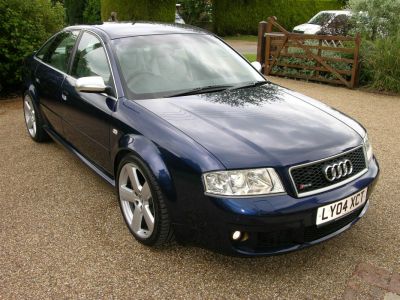
| Production: | 2002-2004 |
|---|---|
| Model Year: | 2002 |
| Length: | 4858 mm191.3 in |
| Width: | 1850 mm72.8 in |
| Height: | 1387 mm54.6 in |

| Production: | 2005-2009 |
|---|---|
| Model Year: | 2006 |
| Length: | 4831 mm190.2 in |
| Width: | 1834 mm72.2 in |
| Height: | 1417 mm55.8 in |
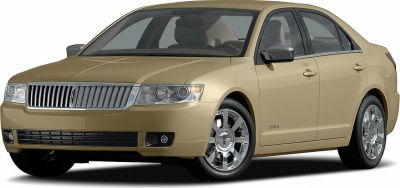
| Production: | 2006-2012 |
|---|---|
| Model Year: | 2006 |
| Length: | 4840 mm190.6 in |
| Width: | 1834 mm72.2 in |
| Height: | 1420 mm55.9 in |

| Production: | 2013-2016 |
|---|---|
| Model Year: | 2014 |
| Length: | 4910 mm193.3 in |
| Width: | 2119 mm83.4 in |
| Height: | 1448-1467 mm57.0-57.8 in |

| Production: | 2011-2013 |
|---|---|
| Model Year: | 2011 |
| Length: | 4910 mm193.3 in |
| Width: | 2119 mm83.4 in |
| Height: | 1456 mm57.3 in |
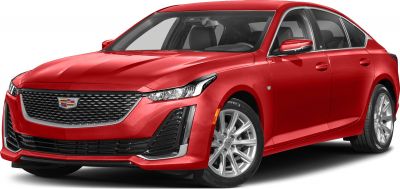
| Production: | 2019-2024 |
|---|---|
| Model Year: | 2020 |
| Length: | 4923-4951 mm193.8-194.9 in |
| Width: | 1883-2040 mm74.1-80.3 in |
| Height: | 1437-1453 mm56.6-57.2 in |
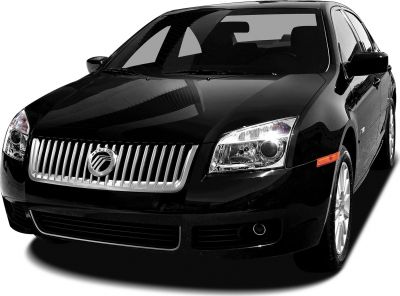
| Production: | 2006-2009 |
|---|---|
| Model Year: | 2006 |
| Length: | 4862 mm191.4 in |
| Width: | 1834 mm72.2 in |
| Height: | 1417 mm55.8 in |
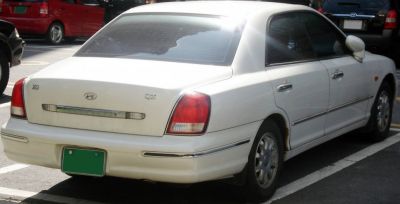
| Production: | 1998-2002 |
|---|---|
| Model Year: | 1998 |
| Length: | 4865 mm191.5 in |
| Width: | 1825 mm71.9 in |
| Height: | 1420 mm55.9 in |
